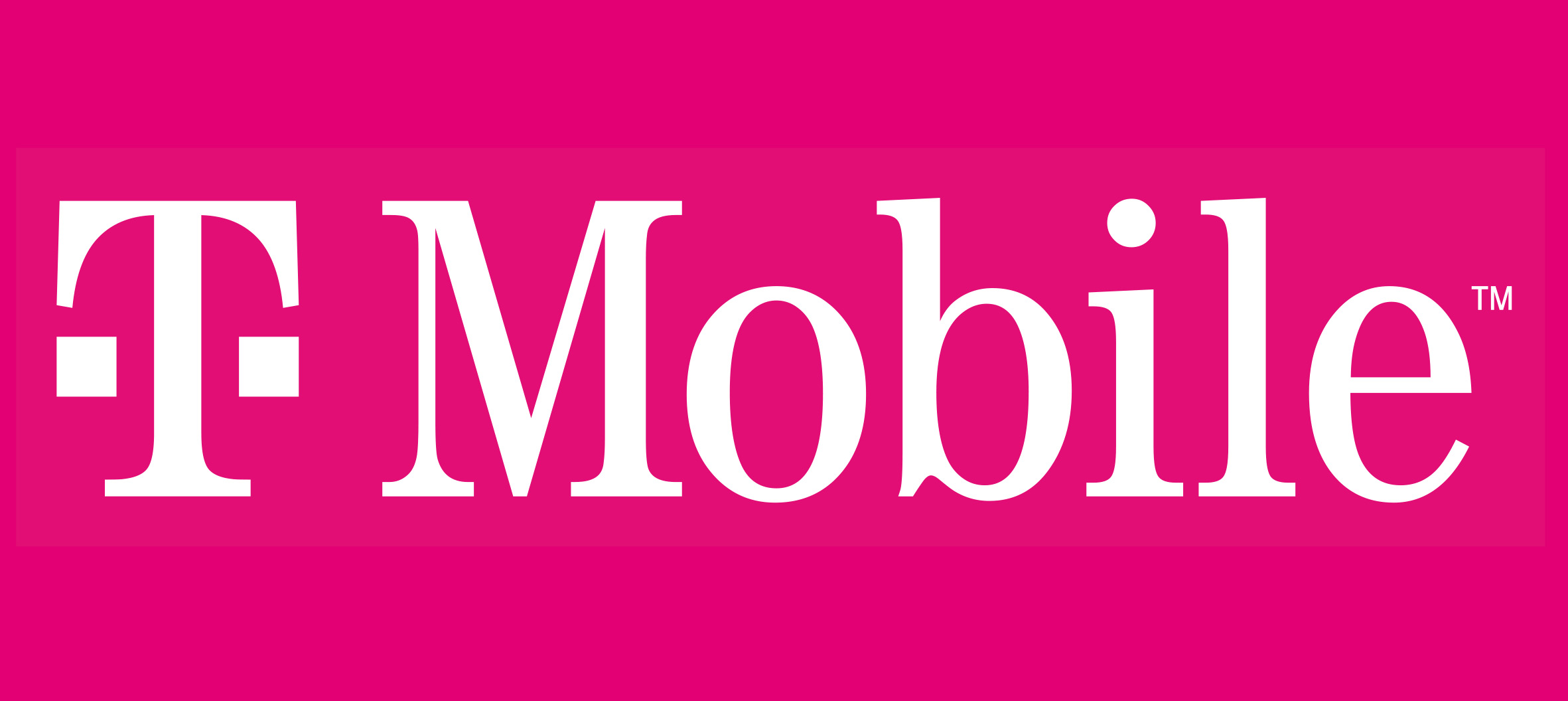Connecting Classrooms: How T-Mobile’s Project 10Million Powers Student Learning
Technology experts in education say signing up for T-Mobile’s Project 10Million, the company’s initiative aimed at delivering internet connectivity to millions of underserved student households, can help set children up for success in the classroom and beyond — and why it’s as important now as ever.
John Sousa, the Chief Information Officer for the East Orange School District in New Jersey, says the Covid pandemic highlighted a significant issue he had long been aware of: the digital divide among students.
“There was already an imbalance,” says Sousa, reflecting on how online state-required testing prior to the pandemic exposed the lack of internet access for some families. “The pandemic only exacerbated the digital divide for many of the 11,000 students in our district.”
Of course, Sousa’s school district was far from alone in this challenge. In 2020, between 15 million to 16 million U.S. students were living in households without reliable internet access, according to a report by Boston Consulting Group and nonprofit Common Sense.
In response to these growing challenges, Sousa reached out to T-Mobile during the pandemic to explore solutions for improving internet access for his district’s students.
“I got in touch with T-Mobile and asked how we can provide connectivity when as much as 20% of our community is in this gap that exists for families that can’t afford to provide high-speed internet to the students,” says Sousa. “And how can we make it a seamless transition between T-Mobile, the school and the students so that we don’t have overlap or confusion on the exact need we are facing”
Sousa says that T-Mobile jumped right in and provided approximately 3,800 hotspots through Project 10Million, the Un-carrier’s $10.7 billion education initiative. Announced in 2019 and launched in 2020, Project 10Million aims to close the digital divide in education by offering free internet connectivity and mobile hotspots for up to 10 million eligible student households. Additionally, the program provides school districts with free or heavily subsidized data plans and ensures that all participants have access to affordable laptops and tablets.
By the end of last year, T-Mobile had provided $6.4 billion in products and services and connected nearly 6 million students across the country through Project 10Million and other education initiatives.
“The hotspots have given us peace of mind because we no longer have to worry about missing any students who still lack access,” says Sousa. “We’re largely understaffed and don’t have the resources that we would need to manage the project the way that it needed to be managed. T-Mobile’s team worked out all those details, delivered it all and helped get the broadband access out there to students that are stuck in the digital divide.”
Sousa says in a school district with many families who are homeless or living without regular access to connectivity, Project 10Million has become an invaluable service.
As students head back to school this fall, internet access is ever more critical for kids to learn and thrive in an increasingly digital world. Yet today, 24 million U.S. households still lack reliable internet.
That’s why, as families make their annual back to school checklists for new backpacks and pencils, Sousa says he wants those in need to know that adding Project 10Million might be one of the most important things to help prepare for a successful school year.
BANNER P10M
Study Guide Check List
• Project 10Million is T-Mobile’s $10.7 billion initiative committed to offering free connectivity to up to 10 million eligible students across the country.
• T-Mobile also works with school districts by giving them free connectivity and subsidized data plans. Plus, everyone in the program has access to affordable laptops and tablets.
It’s easy to get started! Check eligibility and sign up for Project 10Million at:
www.t-mobile.com/Project10Million




